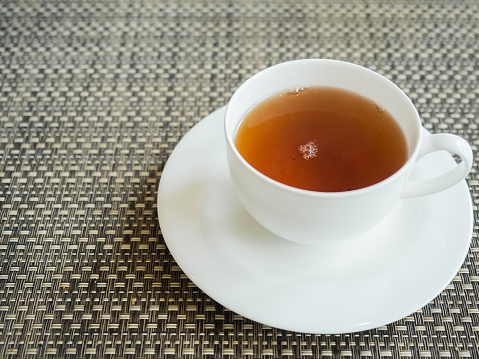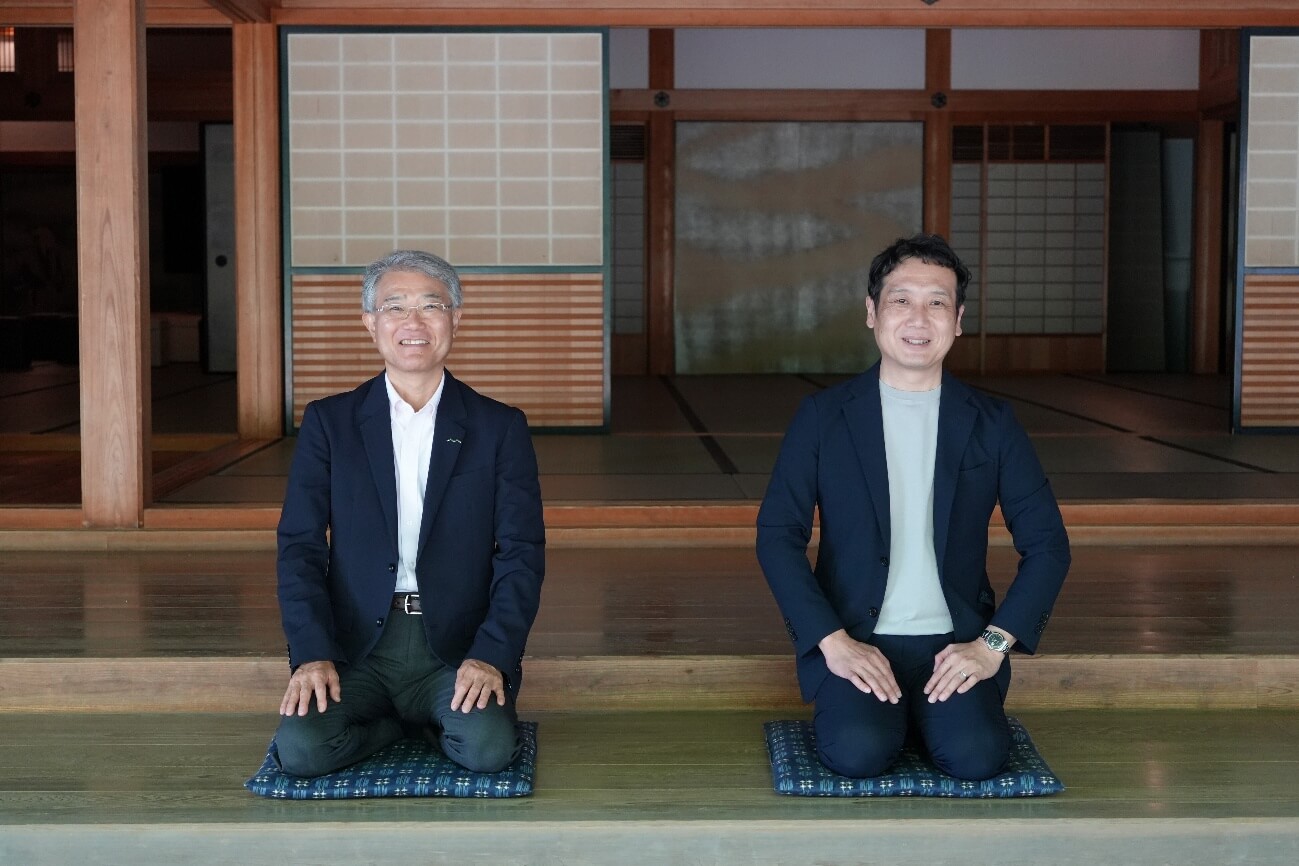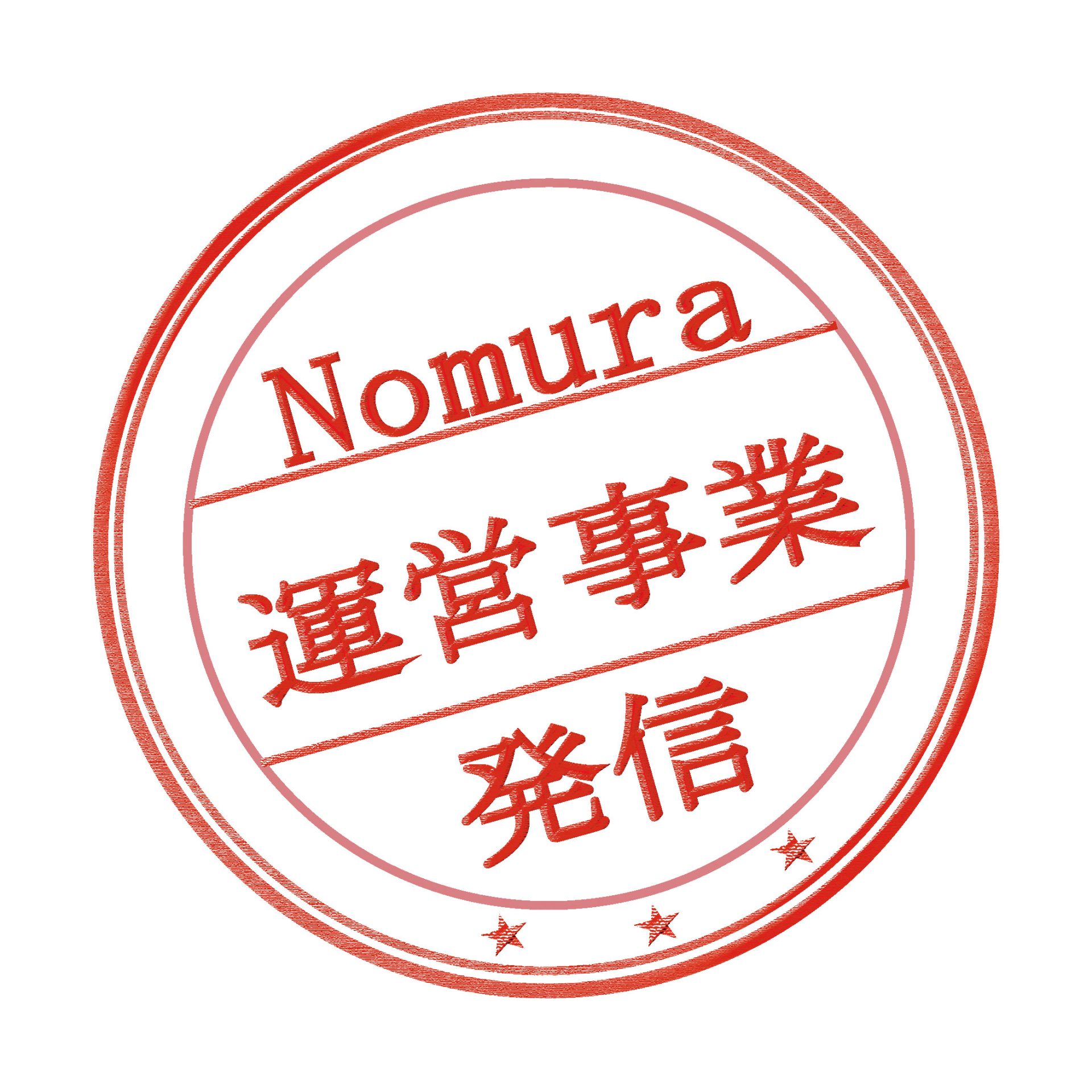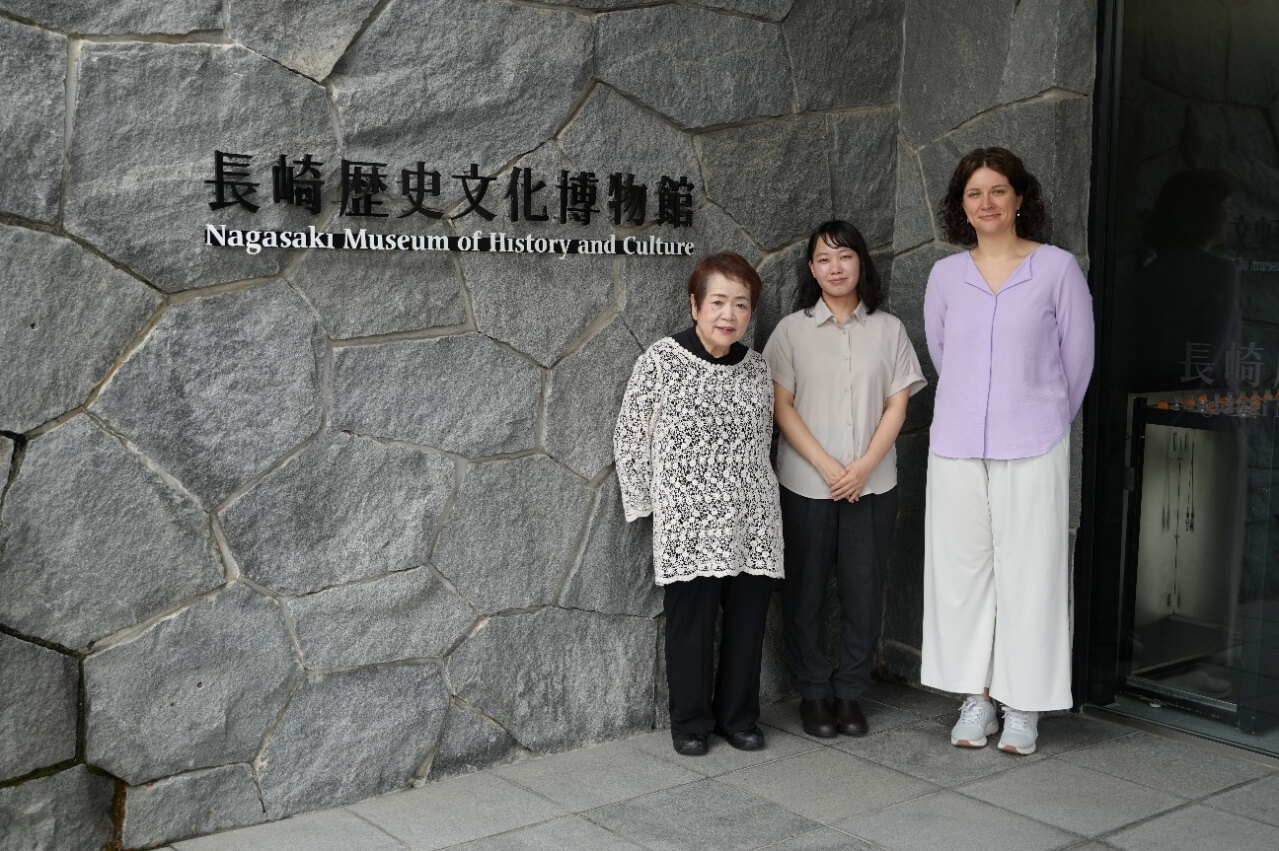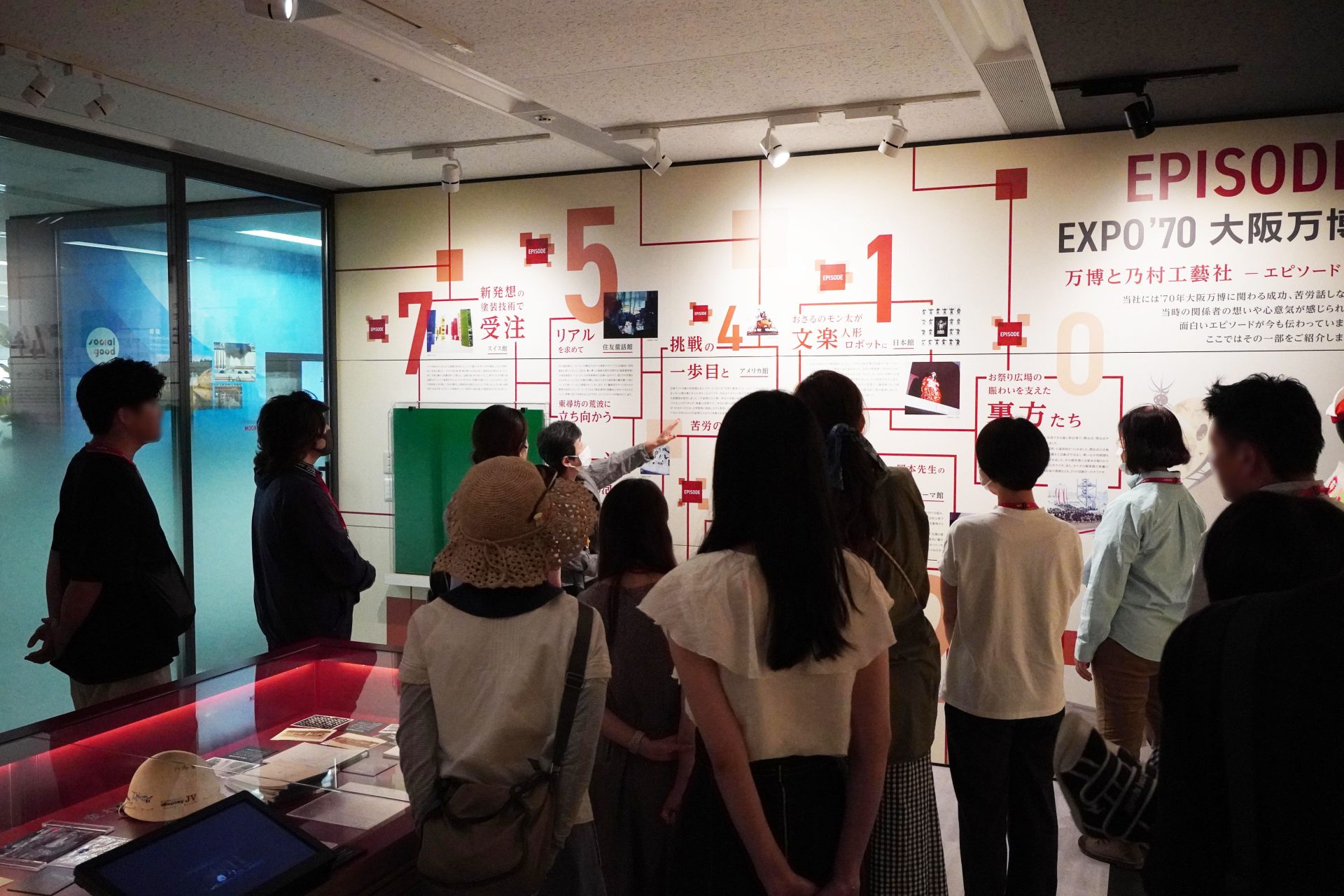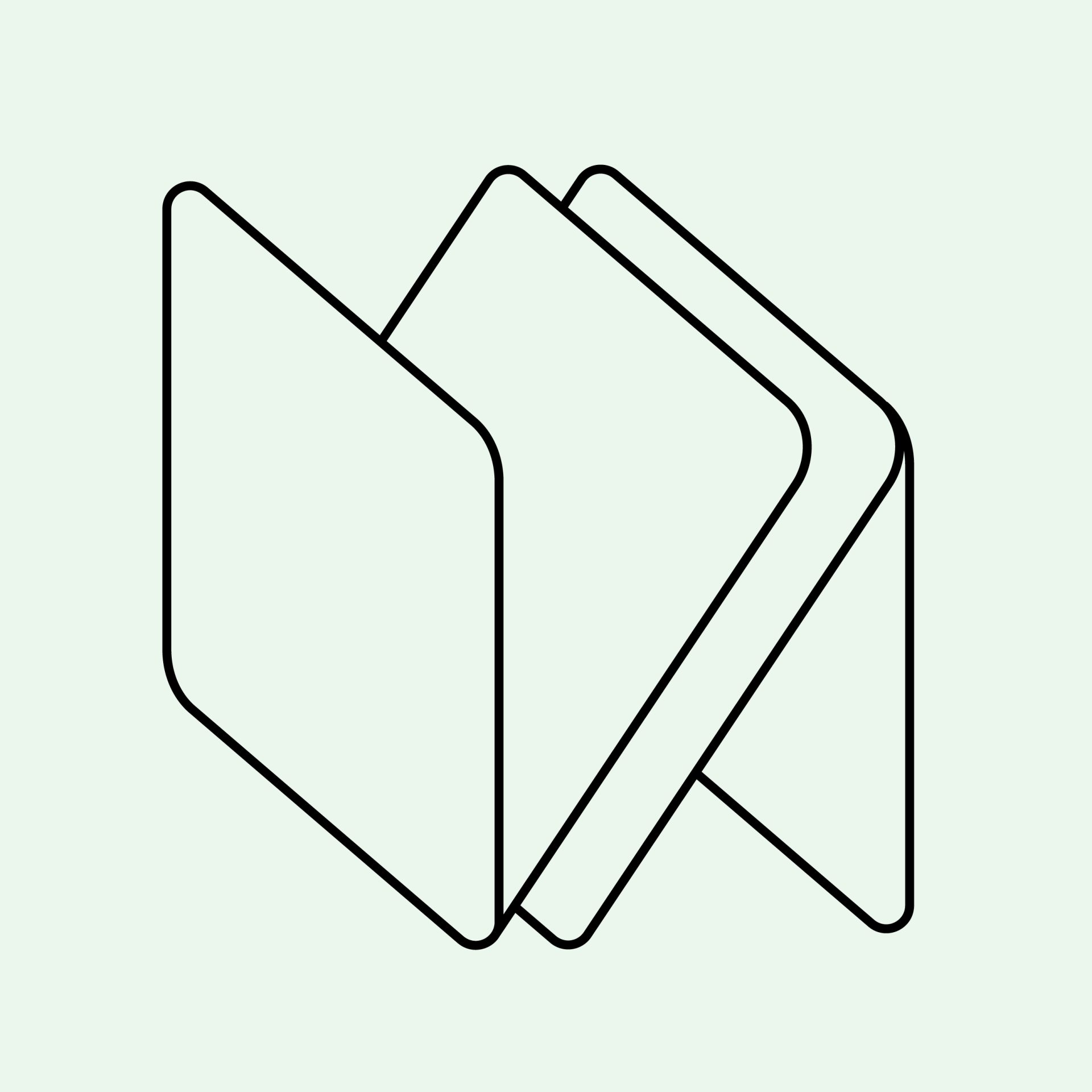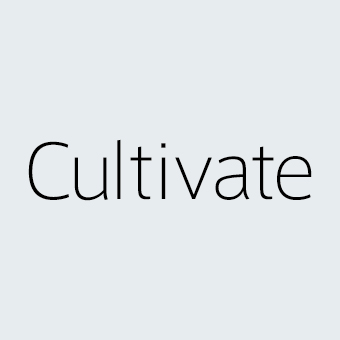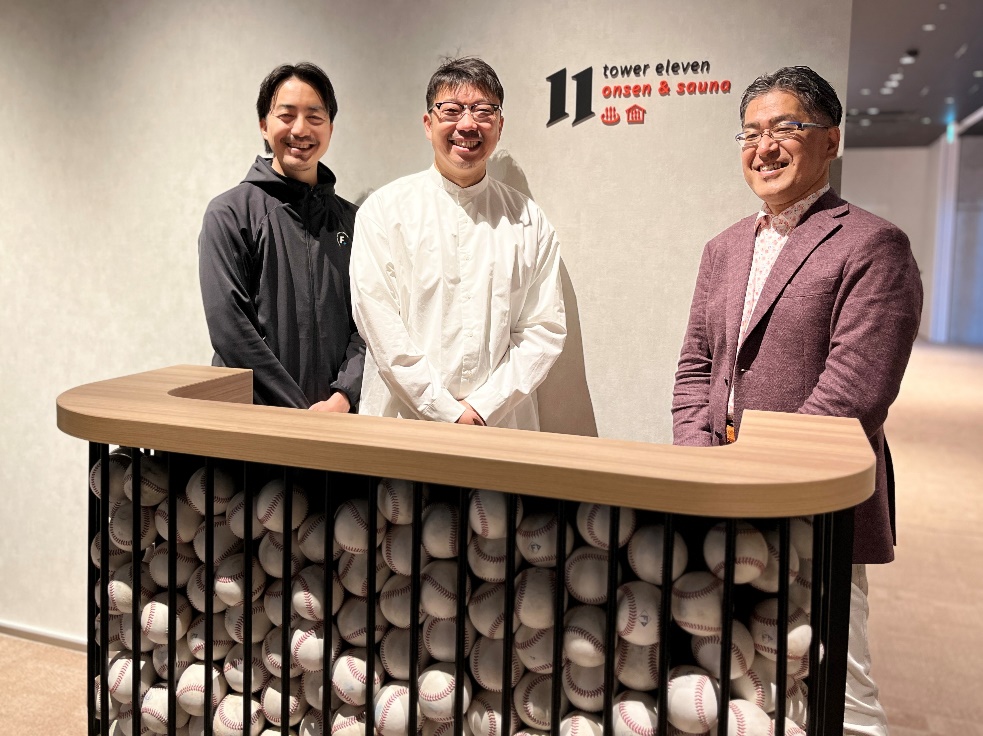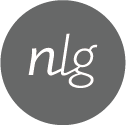
- text and edit by
- Koichi Ido
From observing the status of countermeasures against the new coronavirus
When I think about what a museum should be like in the age of the COVID-19...
On May 25, 2020, the state of emergency was lifted nationwide.
Along with that, the economy restarted, and people came back to the city. Not only economic activities, but also many cultural facilities such as museums have gradually resumed with restrictions. It must have been a great pleasure for those who were enduring a stay-at-home life and wished for cultural activities. In fact, according to acquaintances, they were encouraged by the joyful voices of visitors who said, "I was waiting for the museum to reopen."
The unity and troubles of museum officials that occurred during the closure
I would like to pay attention to the efforts of the museum staff and curators who worked hard to reopen while it was closed.
Information behind the museum is rarely disseminated to the general public, but many museum officials were showing signs of exchanging and sharing information with each other.
There, we discussed what we can do now and what to do after reopening, based on a sense of solidarity to overcome the same difficulties.
(For example, from May 19th, before the declaration was lifted, a group of volunteers at science museums began collecting the survey results of the "Questionnaire on measures to reopen science museums.")
In addition, as an information transmission from the museum, we will hold an “online museum” such as video distribution unique to each museum.
In order to cross-connect individual efforts, the Hokkaido Museum advocated
From early March to the start of school, the program "Home Museum" was held on the Internet, where children can enjoy learning at home (URL is here).
It is noteworthy that over 200 museums from Hokkaido to Okinawa have participated.

In relation to this, the Japan Association of Museums also announced the "Guidelines for Preventing the Spread of Novel Coronavirus Infections at Museums" on May 14 (URL here).
However, many of these guidelines are for large-scale museums, and local museums follow the guidelines of each local government, so the measures have been different for each local government, and the search continues.
Even at the site, there were many problems that had to be solved practically, and even for disinfection, there was no end to worrying about which chemicals to use, how to use them, and whether they would affect visitors and exhibits. .
I myself had completed two corporate museums in March and May, but they were not open.
In July, both of them finally opened.
■ The “new normal” space seen in the reopened museum
It was a resumption after such a movement.
While thinking about what I can do in the future as a professional who supports the creation of museum exhibitions,
Focusing on facilities that have not been seen since opening in recent years,
I am visiting the museum after reopening.
What kind of situation is the museum in the with corona era?
There was a museum where everyday life different from before was developed in a visible way.
Trial and error, confusion, anxiety. I hesitated to spend my time here as if all of that were condensed, and I felt the difference in the atmosphere. In a nutshell, it is an infectious disease countermeasure to prevent the spread of the new coronavirus, but it imposes many restrictions on visitors and places a heavy burden and stress on the management side. That was the “new normal” and the reality of museum facilities in the era of COVID-19. While observing from an observational point of view, if you take a quick overview, it seems that you can narrow down the characteristics of the countermeasures to the following five.
<Museum measures against infectious diseases>

From the perspective of preventing the spread of infection, points such as distance, density, ventilation, disinfection, non-contact, and flow lines are important when configuring a space. At the museums I actually visited, it took a long time to enter. It was a big impression that I was very tired because I had to move up and down using the stairs in one direction, and the space to sit was limited, and I had less time to walk during my stay-at-home life.
Here are some examples of countermeasures.
Example of countermeasures (1) Filling out a visitor card
It can be used to track people who have been in close contact with an infected person, but it has raised the issue of how much personal information should be handled.

Example of countermeasure (2) Arrangement of disinfectant
Depending on where you place the disinfectant, the amount of inventory will change. For the items that we really wanted to experience, it became necessary to devise measures such as the placement of disinfectants and caregivers.

Arrangement of disinfectant solution (Photo courtesy of Joetsu Science Museum)
Example of countermeasure (3) Physical removal
While physical measures such as reducing the number of tablets and changing the number of seats are effective, they may also reduce the excitement and charm of the museum.

Example of countermeasures (4) Request for cooperation publicity panel
We use icons to make it easy to understand, and to make everyone aware of our requests for use of the building. It's also important to have a sense of security in what kind of initiative you're doing.

Ingenuity of cooperation request panel (Photo courtesy of Morioka Museum of History and Culture)
What I think about the museum I observed during the With-Corona era
One thing I would like to mention here is that although preventing infection is the first priority, restricting everything will lead to a decline in the quality and content of visitor services, and will impair the "experience value" of the museum. I'm worried that it might not.
At this point, we should be cautious about anything definitive or predictable, but if at least the current situation continues until a vaccine is developed, restricting everything during that period will do a lot of damage to the museum. It will be considered. You may need some ingenuity and ideas to alleviate it.
My second point is that it may be difficult to go to museums in the future unless the purpose is clear. In other words, I think there will be more demand for real experiential value, such as special experiences and discoveries with stories in the space. It may be necessary to work to reconsider based on that perspective.
Supplementary note
As a positive effort, the National Museum of Emerging Science and Innovation's "COVID-19 Countermeasure Guidelines" and its exhibition are attracting attention. Our PPP Division, which is responsible for the designated management of museums nationwide, is also making organizational efforts such as creating checklists for business locations and creating manuals at each museum.
In the middle of writing the above sentence, the Go To Travel business started, and the number of infected people began to increase nationwide, so I hesitated to write something definite. In addition, museums are closed again in prefectures that have issued their own declarations. I strongly feel that various strategies and cultural support will be necessary in the future.
We are currently researching the exhibition items of the science museum in the with corona era. As individual measures, it is also possible to change the antibacterial and antiviral coating construction and interactive content to a non-contact sensor method. If you have any concerns, please do not hesitate to contact us, as we can also advise on measures to improve opportunities for renewal and measures that match operation.
Trial and error still continues, but while solving the troubles of the with corona era,
I want to think about the future of museums.
Reference source
"House Museum"
Japan Association of Museums "Guidelines for preventing the spread of new coronavirus infection in museums"
The National Museum of Emerging Science and Innovation's "COVID-19 Countermeasure Guidelines"
Like this article?
